The foundation for 3 revolutionary transformations
On the afternoon of April 24, Prime Minister Pham Minh Chinh chaired a conference to develop human resources to serve the semiconductor industry. The conference was also attended by Deputy Prime Ministers Tran Hong Ha and Tran Luu Quang.
The conference aimed to listen to comments and contributions to the Project “Developing human resources in the semiconductor industry to 2030, with a vision to 2045”, especially solutions and ways for Vietnam to demonstrate Realize the goal of training 50,000 – 100,000 semiconductor engineers in the shortest time possible.
Prime Minister Pham Minh Chinh pointed out that this is the foundation industry of three revolutionary transformations including digital transformation, green transformation and smart transformation.
The world’s semiconductor industry is unevenly distributed and developed, concentrated in a number of economies such as the United States, Korea, Japan, China, Europe, and Taiwan (China). In the current context, for many different reasons, the semiconductor industry is tending to diversify, shifting the chain of links, supply, production, and research to other countries, including Vietnam. .
“This is both an opportunity and a challenge for Vietnam, as it requires appropriate infrastructure, institutions and human resources to meet the development requirements and attract investment in the semiconductor industry.”, the Prime Minister emphasized.
If Vietnam prepares its human resources well, it will receive the trust of its partners, promote investment attraction, and develop the semiconductor production and supply chain.
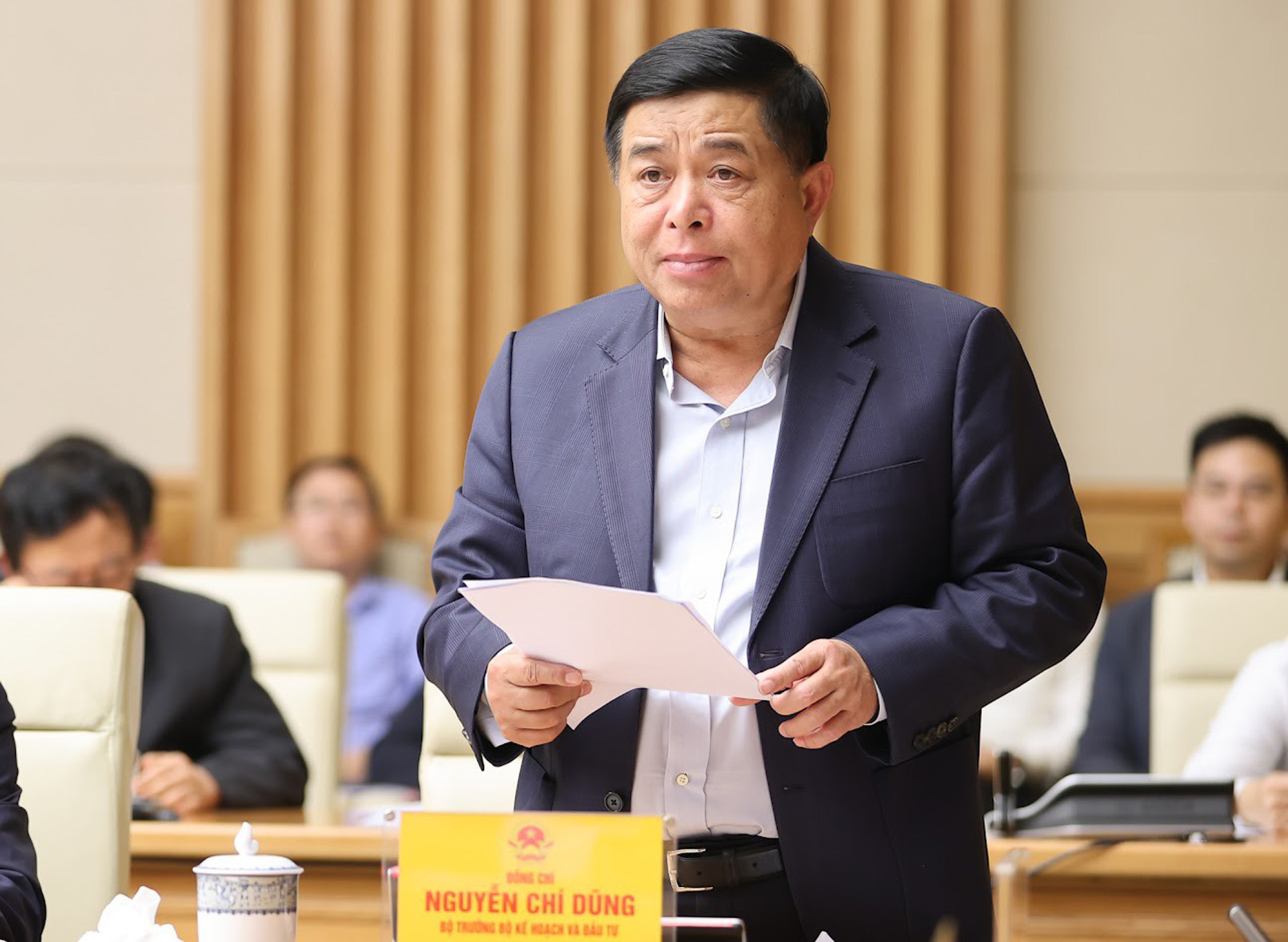
From the perspective of the unit assigned by the Government to develop the project, Minister of Planning and Investment Nguyen Chi Dung said: Vietnam has a “once in a thousand years” opportunity to participate in the value chain of the global semiconductor industry. bridge. In recent high-level meetings, the US side emphasized that to grasp and realize this opportunity, Vietnam needs to quickly deploy it within a period of no more than 24 months and focus on 3 contents: core, including developing high-quality human resources for the industry.
With the project to develop human resources for the semiconductor industry under construction, Minister Nguyen Chi Dung said that the project aims to reach 2030, in addition to training about 1,300 lecturers with international qualifications, training create 50,000 engineers to serve the semiconductor industry at all stages of the value chain. Vietnamese engineers are deeply involved in the design process, packaging and testing stages, mastering a part of packaging and testing technology; Step by step grasp technology in the production stage.
Along with proposing 7 groups of tasks and solutions to implement the Project, Minister Nguyen Chi Dung also emphasized: “To effectively implement the Project, it is necessary to have the participation and participation of the entire political system, state agencies, businesses, universities, research institutes, international support, and experts. domestically and internationally”.
The human resource tower will be a magnet to attract research and production to Vietnam
Talking at the conference, Minister of Information and Communications Nguyen Manh Hung pointed out some main ideas about Vietnam’s semiconductor industry. According to the Minister, it is necessary to develop Vietnam’s semiconductor industry completely but there must be a roadmap, divided into 3 phases: From now to 2030, the period 2030 – 2040 and the period 2040 – 2050. In the roadmap During this nearly 30-year process, Vietnam’s semiconductor industry will not only do some stages but will be fully autonomous in all semiconductor stages and Vietnam will be the main market.
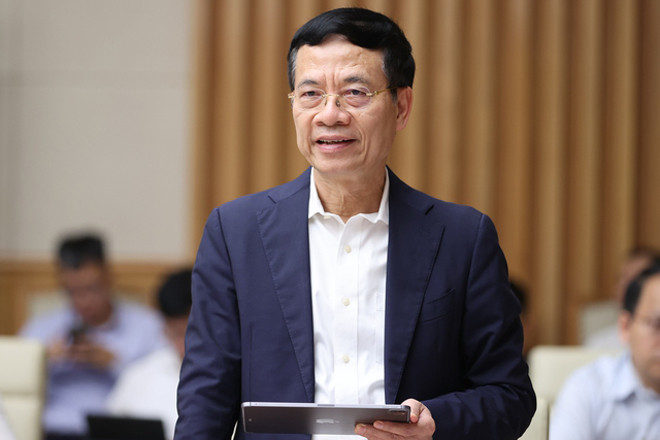
Developing the semiconductor industry goes along with developing key industries and digital transformation industries. Semiconductor chips are the input to the electronics industry. Whoever owns the electronics market truly owns the semiconductor industry.
“All countries in the region such as Korea, Japan, and China that are successful in the semiconductor industry have a developed electronics industry. A recent study shows that there is no country that has “turned into a dragon” or “turned into a tiger” without an electronics industry and recently there is also the concept of a digital transformation industry. If we only make semiconductor chips, it will depend on the output, on the buyers, which are electronic equipment businesses.”Minister Nguyen Manh Hung analyzed.
Another main idea, according to the Minister of Information and Communications, is to build Vietnam into a global human resource tower for the semiconductor industry from now until 2030. From this human resource tower, we will advance to Vietnam’s semiconductor industry. . The human resource tower will act as a magnet to attract research and production to Vietnam.
Minister Nguyen Manh Hung said that the ability to meet human resource needs is mainly through retraining and direct training in the short term. Other countries that want to train an electronics engineer to work in the semiconductor industry must train for about 2 years, but in Vietnam it only takes 3-6 months or 12 months.
“Human resources are also identified as the “core” to build the semiconductor industry. There must be a national agreement to provide human resources to ensure the success of the human resource project. Human resource training must also be based on market signals, especially enterprise agreements and agreements between countries.”Minister Nguyen Manh Hung emphasized.
Two other main ideas in developing Vietnam’s semiconductor industry were also clearly pointed out by the head of the Information and Communications industry: the combination of FDI with self-reliance and the building of an ecosystem for the semiconductor industry.
We need breakthrough and outstanding policies on semiconductor human resource training
At the conference on April 24, the unit in charge of developing the project to develop human resources for the semiconductor industry also received proposals and proposals from leaders of major universities such as Ho Chi Minh City National University. Ho Chi Minh City, Hanoi National University, Hanoi University of Science and Technology and large domestic and international corporations and technology enterprises.
Associate Professor. Dr. Vu Hai Quan, Director of Ho Chi Minh City National University, expressed his hope that the project will have outstanding policy mechanisms so that the school can participate in training high-quality human resources in the semiconductor industry.
“The shared mechanism must be of superior nature. Suppose Ho Chi Minh City National University is the investor of that laboratory and universities in the Ho Chi Minh City area participate in common use. So where does the funding for that lab come from? What are the financial mechanisms and resource sharing mechanisms like?Mr. Quan cited evidence.
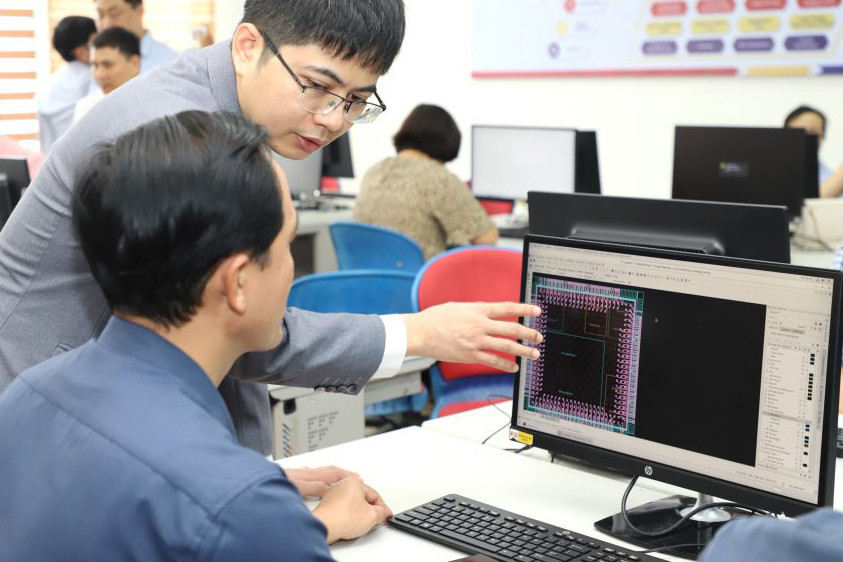
From the training reality of his school, Director of Hanoi Polytechnic University Huynh Quyet Thang noted that the project on developing human resources in the semiconductor industry needs to mention training content in English, because this is the very important thing. Besides pointing out a number of other important contents, Mr. Huynh Quyet Thang also emphasized market factors: “Can we create a market for large enterprises to serve the needs of semiconductor engineers? To have that market, it is necessary to have the joint efforts of businesses, ministries and branches to remove policy obstacles and the readiness of universities to train high-quality human resources.”
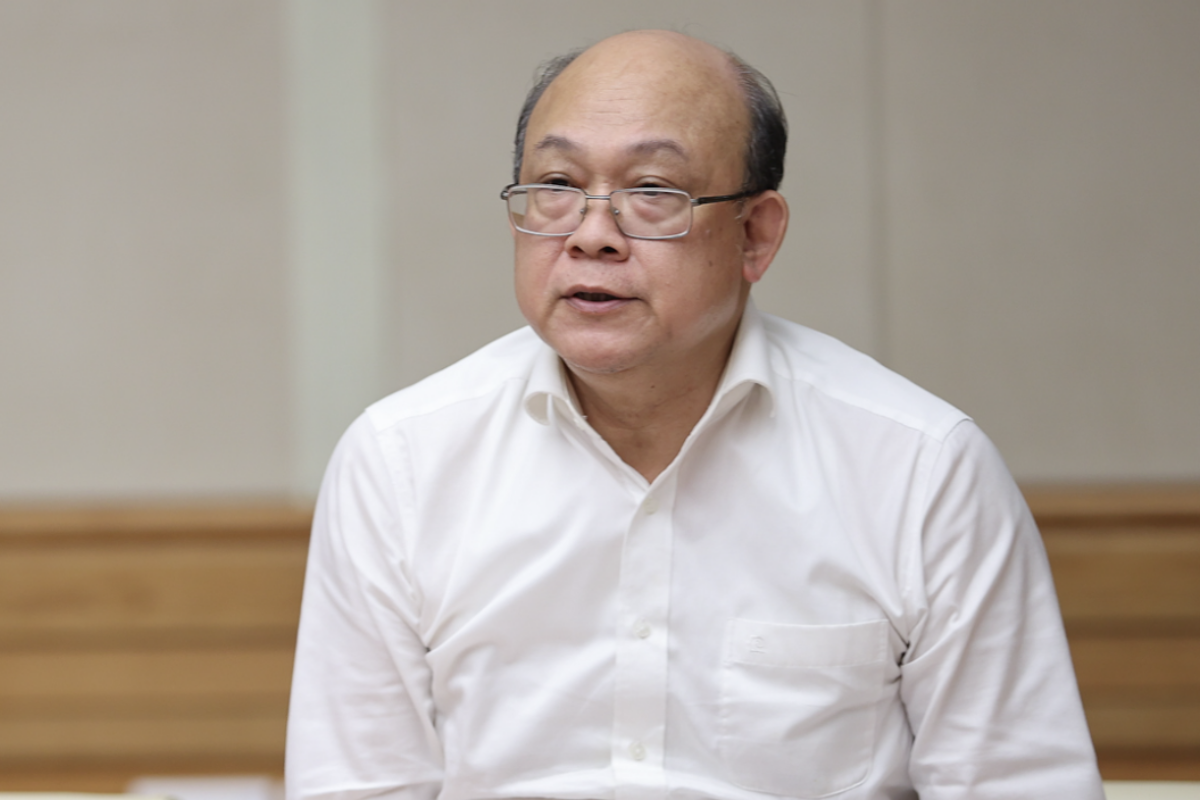
From the perspective of a global company, Mr. Phung Viet Thang, Country Director of Intel in Vietnam, said that in the semiconductor industry, there are many different stages and each stage requires different human resources. Therefore, even though there is a general strategy to develop human resources in the semiconductor industry, there still needs to be a separate and specific action plan for each human resource that needs to be developed, consistent with Vietnam’s strengths.
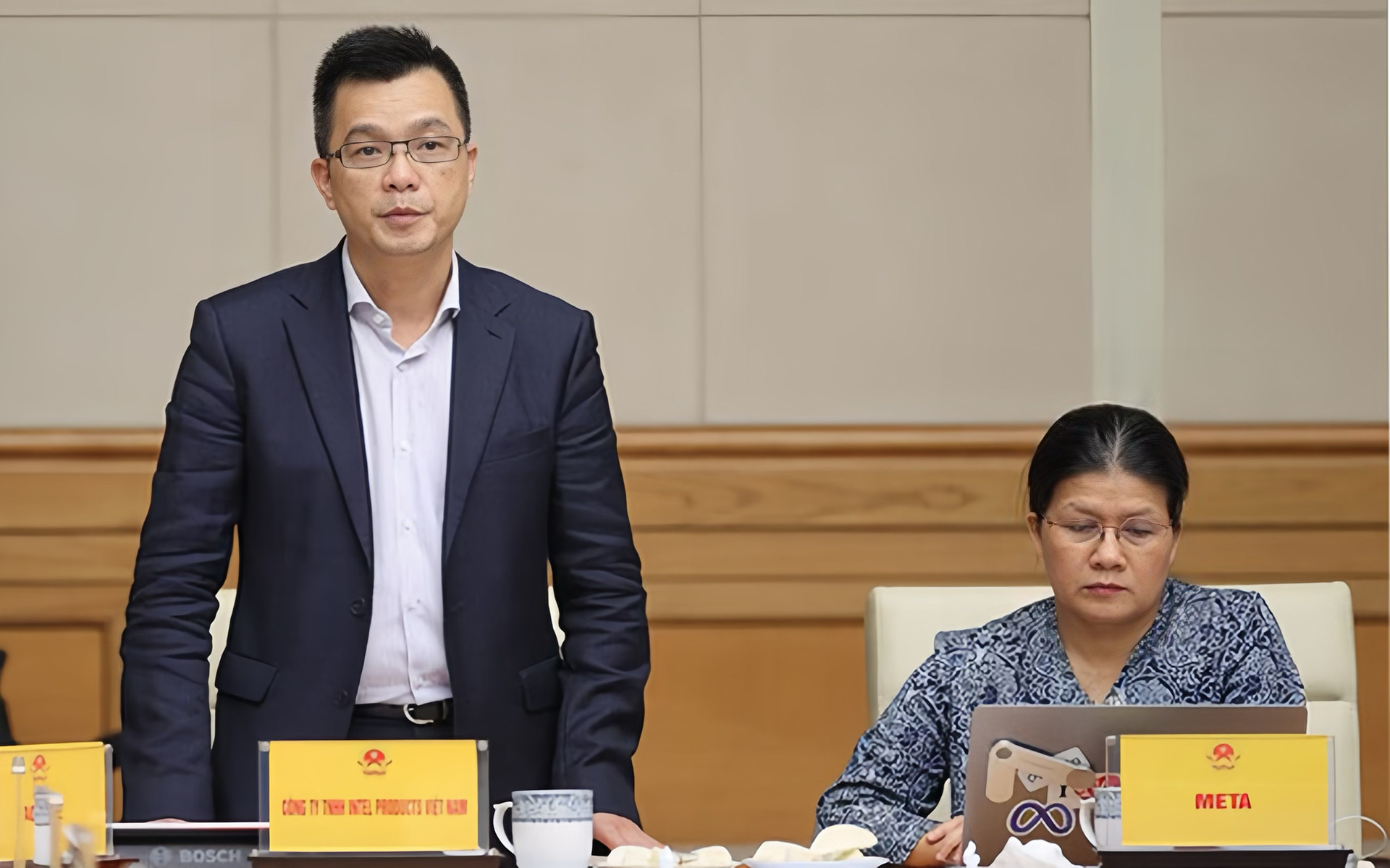
Sharing the same opinion, FPT Chairman Truong Gia Binh said that there are two issues that need attention regarding human resources in the semiconductor industry: what are the opportunities and what is the deadline? The world will not wait for us so the issue of deadlines is very important.
“We must make an institutional breakthrough, within a period of about 18 months, must show that Vietnam not only has the opportunity but is also committed.”Mr. Truong Gia Binh proposed.

Human resource development in the semiconductor industry is still waiting for a breakthrough mechanismAccording to Deputy Prime Minister Tran Hong Ha, the project to develop semiconductor human resources requires a strategic vision and a thorough understanding of the relationship between the electronics and semiconductor industries.
Tags: Human resources core building Vietnams semiconductor industry
-






